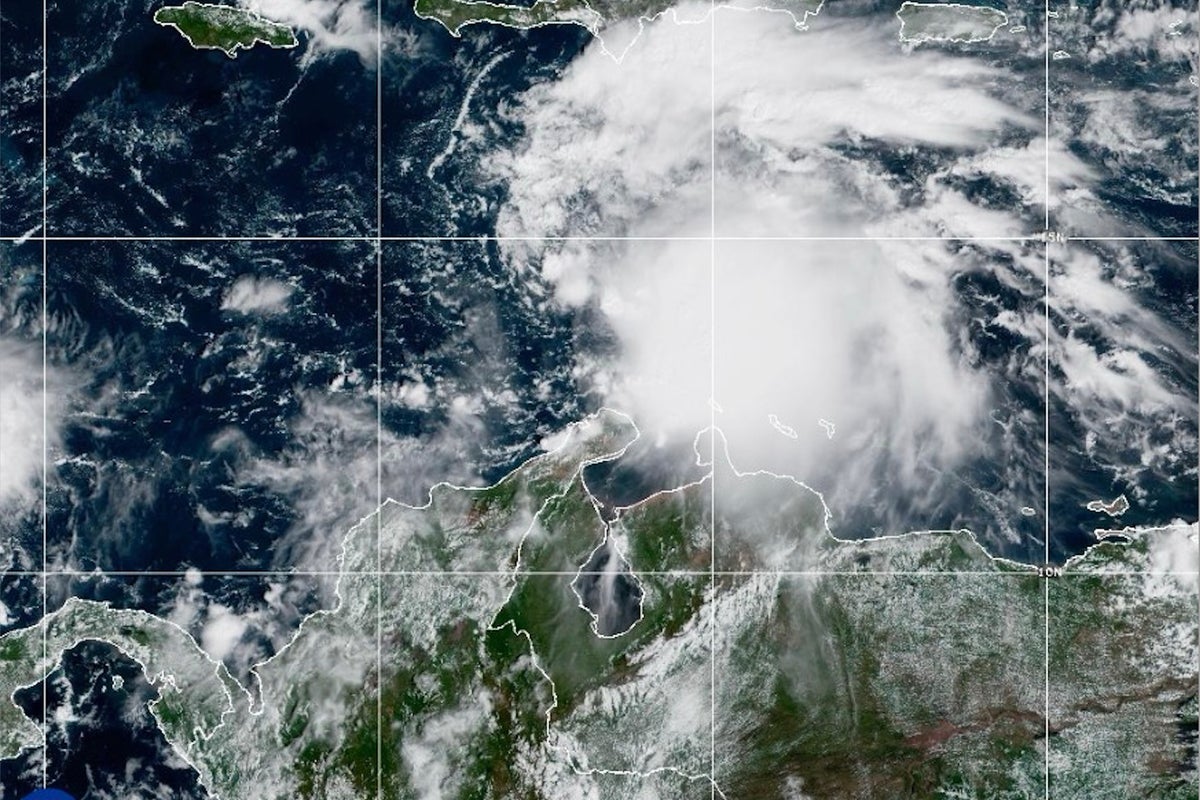This story was originally published by High Country News and is reproduced here as part of the Climate Desk collaboration.
More than 2,000 employees could be cut from the Department of Interior during the ongoing federal government shutdown if the Trump administration gets its way.
In a court filing on Monday, the administration listed plans that would target roles in research, conservation, national park management, water policy, grant and budget planning, communication staff, and wildlife management. The biggest hits would come to the Bureau of Land Management, Fish and Wildlife Service, National Park Service, and US Geological Survey.
The filing does not include any plans that outline a total clearing of any agency or bureau. It also does not show any plans for cuts at the Bureau of Indian Affairs, a possibly emerging pattern of relief for Indigenous nations under this administration.
“The administration’s move to fire thousands of federal employees who are already going without pay…is not only cruel but unlawful.”
Last week, US District Court Judge Susan Illston issued a temporary restraining order to stop the termination plans, and ordered the US Office of Management and Budget to provide an account of positions it wants to eliminate from the federal government through a process called reduction in force.
Rachel Barra, chief human capital officer at the Interior Department, filed the plans and stated that Ilston’s order has stopped reduction in force at the Interior, “absent an order from a higher court providing relief.”
Unions representing affected federal workers have pushed back against the plans to reduce the federal workforce, including the American Federation of Government Employees and the American Federation of State, County and Municipal Employees.
“The administration’s move to fire thousands of federal employees who are already going without pay during the government shutdown is not only cruel but unlawful,” AFGE President Everett Kelley said in a press release.
The court filing offers insight into the administration’s priorities for slashing the federal government; the cuts are in line with what President Donald Trump has advocated since taking office in January.
Still, Interior’s plans don’t give a total view of all federal agencies or programs, and it may not even be a complete picture of Interior Department cuts, whether planned, or already executed. Barra stated that the roles in the disclosure were targeted before the government shutdown on October 1, although she only started working in the human resources role at Interior just two days before the shutdown.
In the filing, Barra outlines 89 “competitive areas” in the Interior Department that put 14,212 employees up for termination review. The five unions in the case represent 4,833 of those workers, according to the court filing.
Out of the 2,050 positions proposed for elimination at Interior, 474 in total are at the Bureau of Land Management. That includes the following cuts at Bureau of Land Management state offices: 76 in California, 33 in Colorado, 48 in Idaho, 41 in Arizona, 95 in Oregon and 93 in Utah. The federal government has plans to abolish 87 of the 177 employee positions at the BLM’s National Operation Center in Denver.
At the US Fish and Wildlife Service, planned cuts include 35 positions out of the 269 that operate research and conservation at the Migratory Bird Program, an area Trump has criticized in the past.
The National Park Service could see at least 272 roles cut. That includes 57 in the Pacific Northwest and 122 in the Intermountain region. Right now, more than 9,000 out of the 14,500 parks employees are furloughed under the government shutdown. According to the National Parks Conservation Association, at least 24 percent of staff were already cut at the National Park Service since Trump took office in January.
The US Geological Survey, which had previously suffered large-scale layoffs, would also see drastic cuts nationwide to services in science research if the reduction-in-force orders go forward.
Over half the employees of the Fort Collins Science Center in Colorado—39 of 69—are targeted to be cut by the federal government. Similar or more drastic cuts are proposed at the Northern Prairie Wildlife Research Center in North Dakota, the Columbia Environmental Research Center in Missouri and the Great Lakes Science Center in Ohio.














